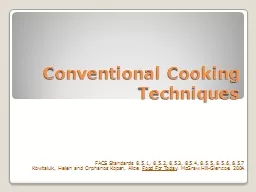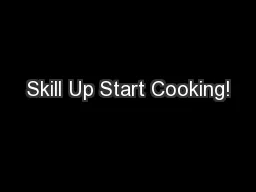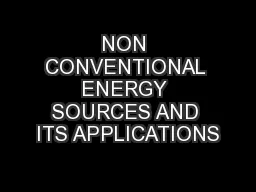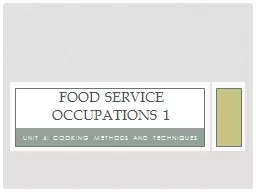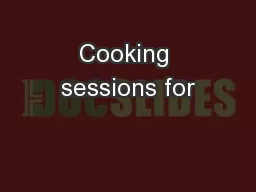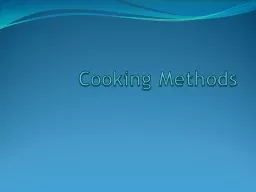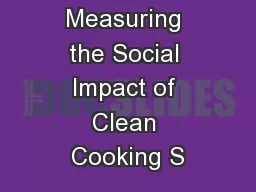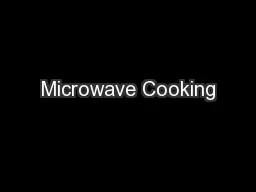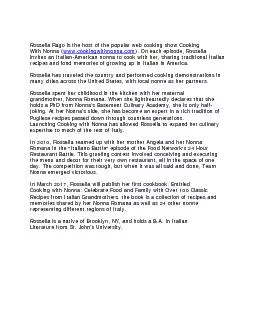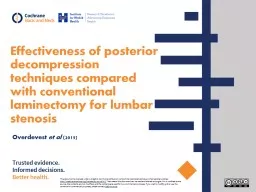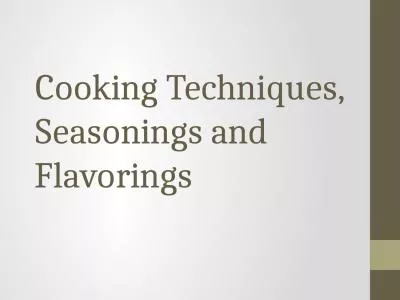PPT-Conventional Cooking Techniques
Author : lindy-dunigan | Published Date : 2016-06-21
FACS Standards 851 852 853 854 855 856 857 Kowtaluk Helen and Orphanos Kopan Alice Food For Today McGraw HillGlencoe 2004 Moistheat Methods Involves cooking foods
Presentation Embed Code
Download Presentation
Download Presentation The PPT/PDF document "Conventional Cooking Techniques" is the property of its rightful owner. Permission is granted to download and print the materials on this website for personal, non-commercial use only, and to display it on your personal computer provided you do not modify the materials and that you retain all copyright notices contained in the materials. By downloading content from our website, you accept the terms of this agreement.
Conventional Cooking Techniques: Transcript
Download Rules Of Document
"Conventional Cooking Techniques"The content belongs to its owner. You may download and print it for personal use, without modification, and keep all copyright notices. By downloading, you agree to these terms.
Related Documents

